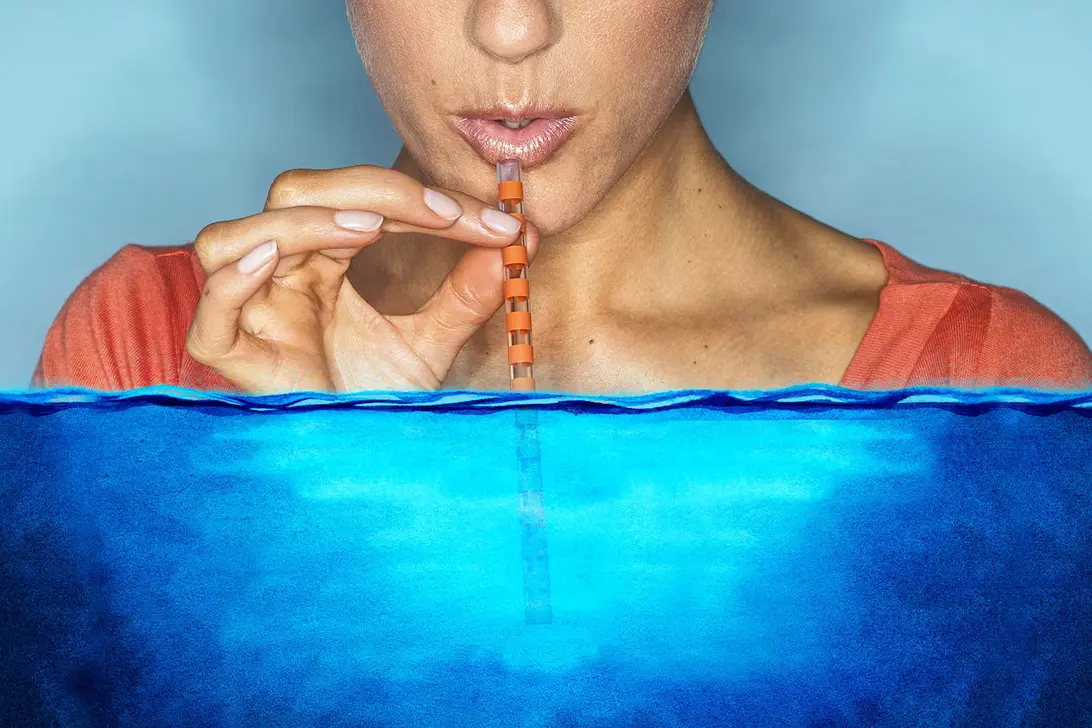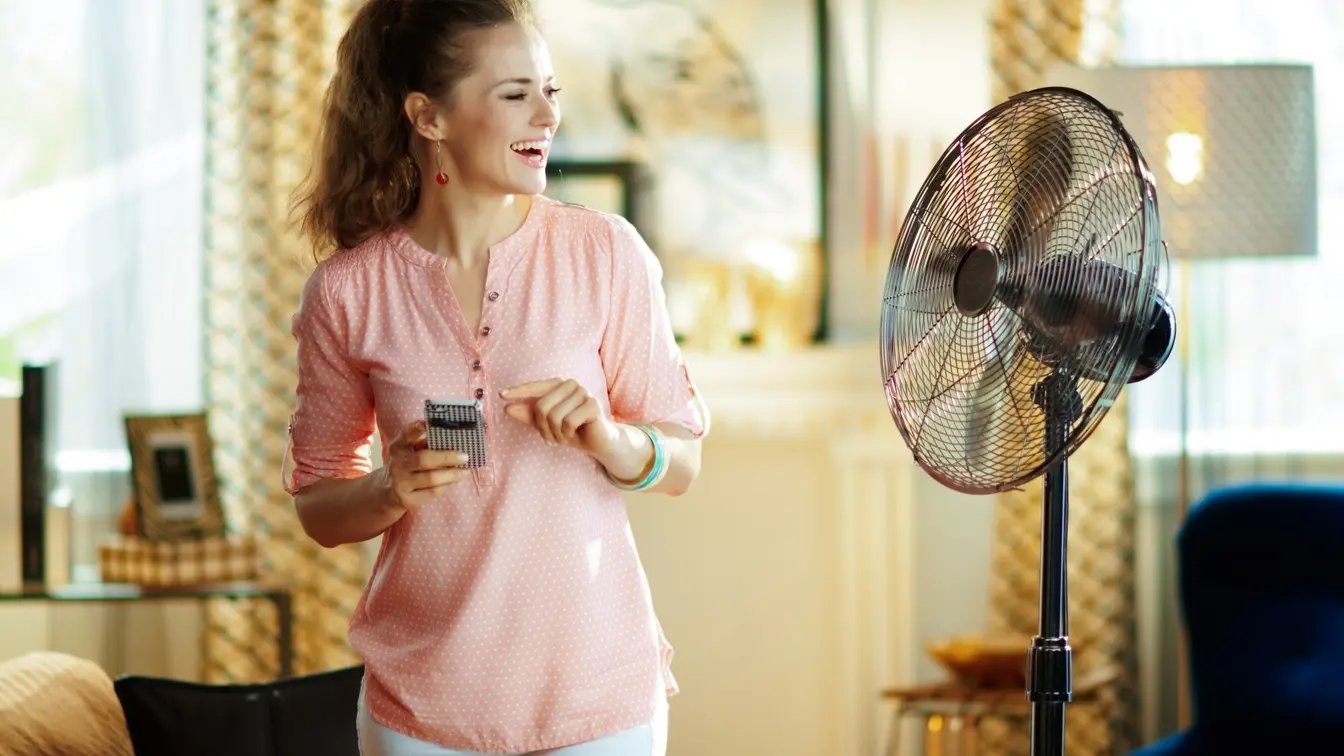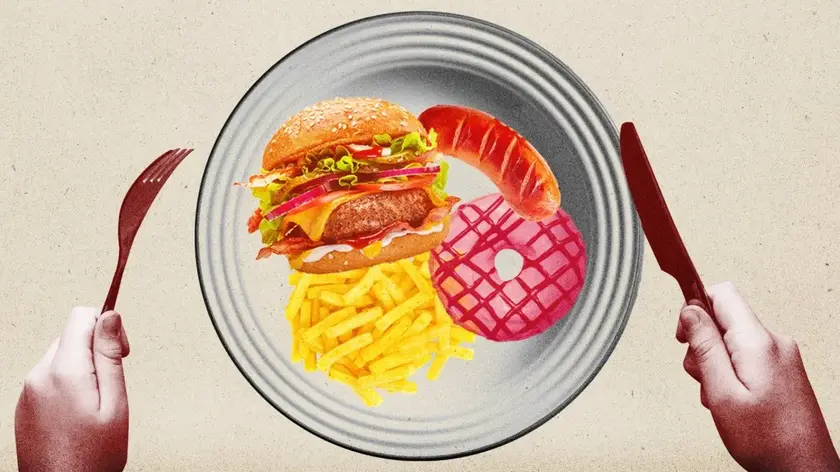T4K3.news
Hydration warning linked to hyponatremia
A gym-goer avoided severe hyponatremia after cutting water intake and adding electrolytes; doctors urge balanced hydration.

Claire Cameron learned that healthy hydration can turn dangerous when electrolytes are ignored after a routine test flagged hyponatremia.
Hydration Dangers Hidden in Daily Water Intake
Claire Cameron, a gym-goer training for a marathon, drank four liters of water daily. A routine blood test during a clinic visit raised red flags. The doctor asked about symptoms such as dizziness, confusion, or seizures; Cameron reported only mild headaches. The lab showed sodium levels well below normal, signaling hyponatremia. The doctor warned that drinking so much water can dilute sodium in the blood and that the risk could worsen quickly. She was told to limit fluids to about one liter a day for several days and to replenish salt through food and electrolytes. Cameron says cutting back was hard, but she now monitors thirst more carefully and uses LMNT electrolyte mix when sweating heavily.
Her story is echoed by a 2024 case in which John Putnam, then 74, drank almost three gallons of water in five hours on a hot day and developed chest pain. NIH data suggest hyponatremia affects millions of Americans each year, especially during heat waves. Medical guides, including Mayo Clinic recommendations, emphasize that daily needs vary and athletes may need small amounts of water every 20 minutes during exercise, paired with electrolytes. Doctors note that the kidneys can filter about a liter of water per hour, and exceeding that can dilute salts in the body. Treatment ranges from fluid restriction in mild cases to intravenous saline for more severe ones.
Key Takeaways
"Have I learned my lesson? Sort of."
Cameron on her ongoing changes to hydration habits.
"Drink no more than a liter of fluid daily for several days."
Doctor's blunt guidance to Cameron.
"I also feel entirely at liberty with the table salt."
Cameron's coping strategy.
"Hyponatremia can lead to seizures, coma, and death."
General risk described in the article.
Hydration guidance is not one size fits all. The piece shows how easy it is to tip beyond safe limits when the aim is constant hydration. In hot weather and during heavy exercise, salt and electrolytes matter as much as water. Public health messaging should move beyond slogans and offer practical, personalized advice that helps people pace fluids and replace minerals. The story also hints at broader health literacy gaps, where people chase quantity over quality and miss the signs that something is off.
Ultimately, the lesson is simple: drink to thirst, but respect body chemistry. Health providers should connect hydration tips to real lab checks, especially for athletes and older adults at higher risk of electrolyte imbalance.
Highlights
- Hydration is a balance not a race
- Too much water can dilute the salt your body needs
- Listen to thirst but respect your body's signals
- Salt matters as much as water during heat and exercise
Hyponatremia risk from excessive water intake
The piece highlights a medical risk linked to hydration habits, especially for athletes and older adults. It underscores the need for balancing water with electrolytes and for medical guidance when exercising in heat.
Balanced hydration means more than chasing volume; it means listening to the body and respecting chemistry.
Enjoyed this? Let your friends know!
Related News

Public health warns hydration guidance can backfire

Fans may worsen heat risk when dehydrated

High Salt in Breakfast Ties to Heart Risk

Cooling guidance under heat risk

Martin Pickard’s nightmares signal early Parkinson’s warning

Heat risk from meds highlighted during UK heatwave

Foamy urine may signal hidden health risks

E. coli cases rise sharply in England
